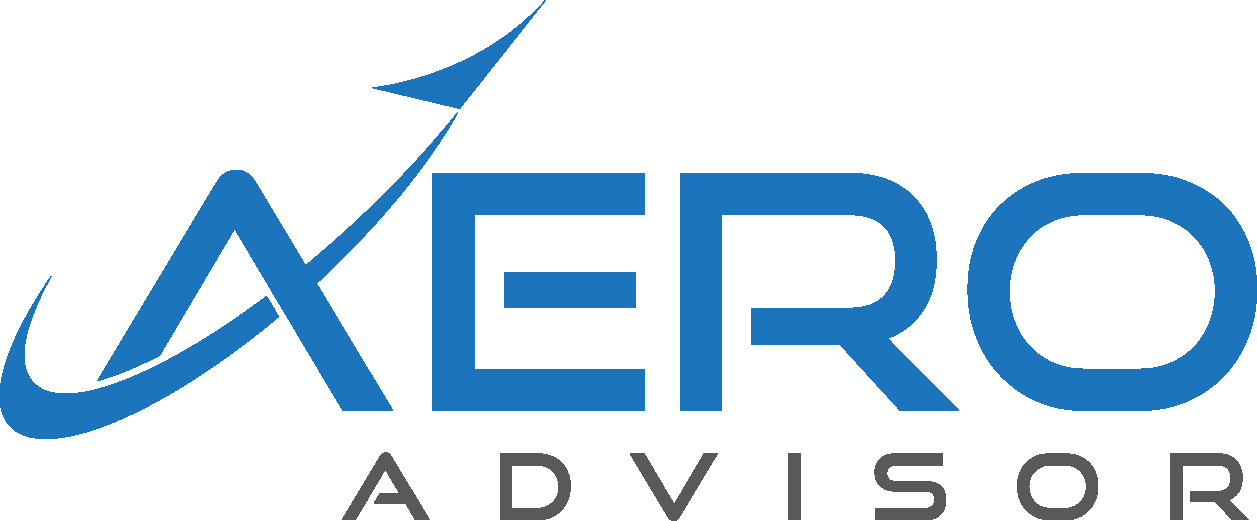With college costs increasing each year, many new Lockheed Martin parents are trying to figure how to start saving for their kids’ college educations. What’s the best way to get a college savings account started? Let’s look a few options.
Savings account
The easiest and quickest way to start saving for your kiddo’s college is by opening an additional savings account and setting money aside.
The advantage to the savings account would be ease of setup and access to funds. You’ll also not have to worry about timing of withdrawals as the funds will not be invested in the market. You’ll just pull the cash out when you need it to pay for college.
The disadvantage to the savings account is in a low-interest rate environment (like now), you won’t earn a lot of interest and interest that you do earn will usually be taxed at your current tax bracket.
Zero Coupon Bonds
Another option that is relatively low risk is using a zero coupon bond. A zero coupon bond is a fixed income investment in which you invest a lump sum of money and your money is returned to at a specified time in the future. The zero coupon part means that unlike a usual bond investment, the bond does not pay interest during the time you own it. Because no interest is paid, the initial investment amount is less than the amount that is paid at maturity (purchased at a discount).
For example, if you had $15,000 that you wanted to save for college in 15 years, when the bond matures it might pay you $20,000. The advantage to the zero coupon bond is that you know exactly how much you’ll have to use for college expenses. The downside to this strategy is that the proceeds may not grow a ton if interest rates are low and the difference in the amount you buy the bond for and the amount you receive down the road can be taxed.
Prepaid tuition plan
Some states offer college plans that allow you to purchase tuition credits at today’s current costs. This allows you to “lock in” current college costs to use down the road. These are offered by a number of different institutions and states and the benefits can vary depending on the plan.
A disadvantage to these types of plans is that you have to go to a participating institution in that particular state. However, some state plans will allow you to transfer credits to other states.
Section 529 College Savings Account
Probably the most popular college savings vehicle is the 529 College Savings Account. Commonly referred to as the 529, this type of college savings fund allows you to set aside money and invest in a number of different options. These accounts are set up at an investment firm (Vanguard, American Funds, Fidelity, etc.) and are specific to the state you live in.
However, you can invest in another state’s plan and use the funds no matter what state your kiddo decides to go to school in. The only reason you would want to use a particular state is if your state has a state income tax. There are some state income tax benefits to 529 accounts so you will want to do your research to make sure which state’s plan is the best option for you.
The earnings in the account can be withdrawn tax-free as long as they are used for college expenses. If your student doesn’t need the money, you can also change the beneficiary to another kiddo as well.
For more info on the 529 college savings plan, check out this Investopedia link.
Roth IRA
Another option is using your Roth IRA account. The Roth IRA uses after tax dollars and is a common retirement savings vehicle. Funds deposited into the Roth account can be withdrawn at any time and earnings grow tax deferred and can be tax free if used for retirement. The flexibility of the Roth account can be helpful if there is uncertainty if a child will need a college savings fund.
One disadvantage to using the Roth IRA for college funding is that funds in the Roth can count against a student when it comes to qualifying for financial aid. There are strategies that can be put in place to reduce this burden by delaying using the Roth funds until later in the student’s college years.
More questions about college savings? Check out THIS LINK for savings, loans and other options for paying for college.
Ready to get your college savings fund started or want to find out how much you’ll need to save? I’d love to help. Click on the link below to schedule a free, 100% no-obligation phone call.
Related Articles:
The opinions voiced in this material are for general information only. They are not intended to provide specific advice or recommendations for any individual, nor intended as tax advice. We suggest that you discuss your specific situation with a qualified tax or legal advisor.






